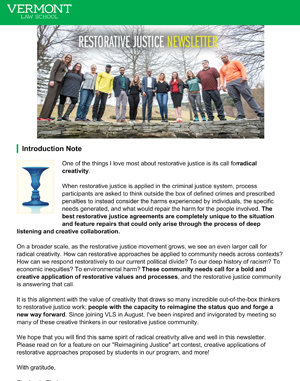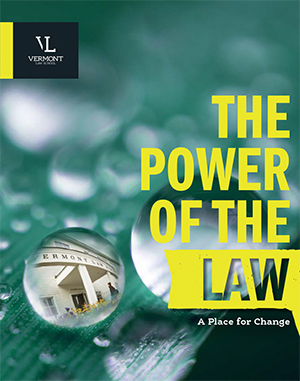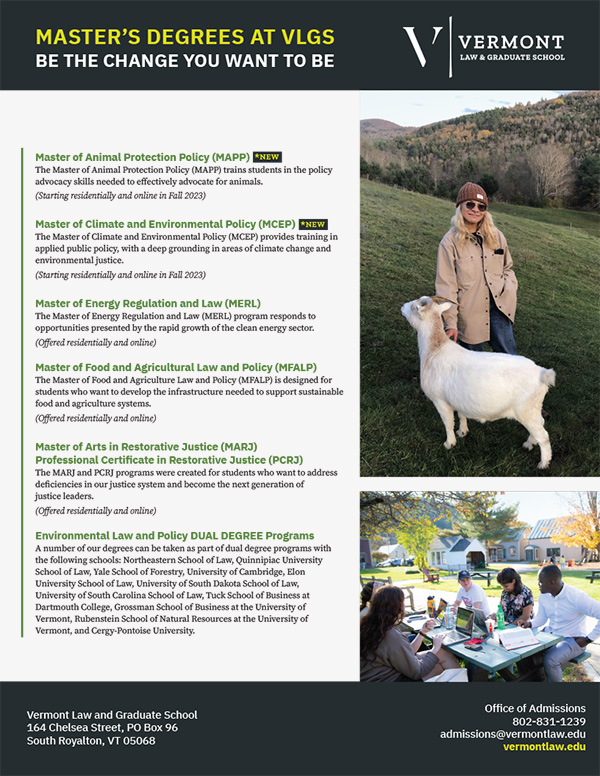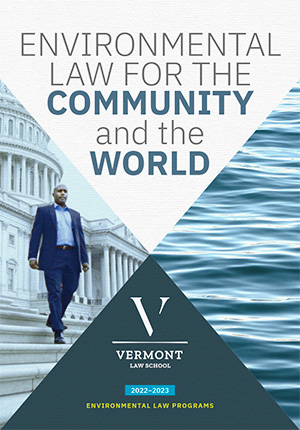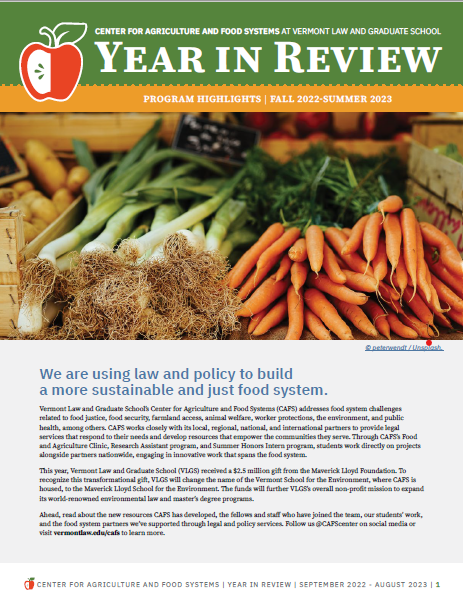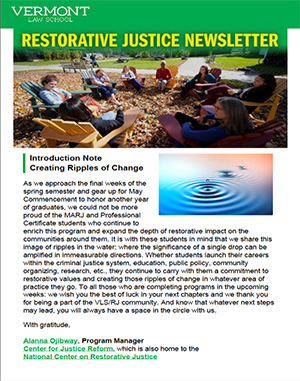The dramatic technological revolution of the past quarter-century made the Paris Agreement on Climate Change possible by providing the means to reconcile the two great challenges of the 21st century—eliminating carbon emissions from the global economy and fulfilling the aspiration of billions of people for economic development, according to the findings of a new analysis titled "The Economic and Institutional Foundations of the Paris Agreement on Climate Change: The Political Economy of Roadmaps to a Sustainable Electricity Future."
"The current terrain of energy/economic policy also imposes constraints that the Agreement had to deal with," said Dr. Mark Cooper, senior research fellow for economic analysis at the Institute for Energy and the Environment at Vermont Law School and author of the analysis. "It had to recognize the importance of holding down economic costs, the need for aggressive policies to induce technological change and the vast difference between nations in energy resources and levels of development, while also respecting the policymaking autonomy of nations."
The economic fundamentals of the agreement are examined by analyzing three recent deep decarbonization "road maps"—the 100-percent renewable scenario of Jacobson et al., Greenpeace's "energy (r)evolution," and the Deep Decarbonization Pathway project. It uses three sets of price projections—Jacobson et al., Lazard, and the recent "Australian Power Generation Technology Report"—to estimate the cost of the resources selected.
The analysis examines the impact on costs of low-carbon and low-pollution constraints on the selection of resources to meet the need for electricity. The key economic findings are:
- The selection of resources on the basis of their environmental characteristics is almost identical to a selection based on their economic cost.
- A rigorous least-cost approach to decarbonization leads to an electricity sector based on 100-percent renewables at a cost for energy services that is likely to be lower than a business-as-usual approach based on fossil fuels and nuclear power.
- Neither fossil fuels with carbon capture and storage nor nuclear power enter the least-cost, low-carbon portfolio because their costs are much higher than renewables and do not appear to be decreasing.
- A rigorous, least-cost approach to decarbonization accomplishes the goal of reducing other pollution, rendering it "irrelevant" from a policy perspective.
- Because the main energy resources of the 100-percent renewable approach are widely available and less costly today, there is no reason to hold back from taking aggressive measures to follow the 100-percent renewable road map.
"Contrary to loud complaints that dealing with climate change will cause a disastrous increase in electricity costs," Cooper said, "a rigorous, least-cost approach prevents such an outcome and may even result in a reduction in the total cost of energy service, while delivering massive public health and environmental benefits."
The analysis describes the institutional foundation of the Paris Agreement as a progressive, mixed-market model that is consistent with academic literature. The progressive features of the Agreement include:
- vigorous policies to achieve the goals of access to and local control of electricity for developing nations,
- differential contributions from Parties to reflect their capabilities,
- institution-building in developing nations, with transfers of resources and technologies to developing nations, and
- explicit efforts to strengthen mixed public and private activities.
The report describes the governance structure of the Paris Agreement as a common pool resource model based on:
- a multi-stakeholder approach,
- delegation of responsibility to local authorities (subsidiarity),
- individual and shared responsibilities subject to evaluation by the community,
- intense exchange of information, and
- efforts to encourage public participation.
"In response to these complex economic and political challenges, the governance solution had to strive for vertical coherence while giving flexibility to the Parties," Cooper said. "This required cooperation and reciprocity around shared goals, with social pressure created by transparency to elicit the desired behaviors.
"As with any collaborative, multi-stakeholder model for governing a large common pool resource, the outcome will be determined by the ability to build trust and social norms," Cooper concluded. "The theory in the Paris Agreement is correct; it remains to be seen if the practice develops."
The paper is available at vermontlaw.edu.
http://papers.ssrn.com/sol3/papers.cfm?abstract_id=2722880
###
Vermont Law School, a private, independent institution, is home to the nation's largest and deepest environmental law program. VLS offers a Juris Doctor curriculum that emphasizes public service; three Master's Degrees—Master of Environmental Law and Policy, Master of Energy Regulation and Law, and Master of Food and Agriculture Law and Policy; and four post-JD degrees —LLM in American Legal Studies (for foreign-trained lawyers), LLM in Energy Law, LLM in Environmental Law, and LLM in Food and Agriculture Law. The school features innovative experiential programs and is home to the Environmental Law Center, South Royalton Legal Clinic, Environmental and Natural Resources Law Clinic, Energy Clinic, Food and Agriculture Clinic, and Center for Applied Human Rights. For more information, visit vermontlaw.edu, find us on Facebook, and follow us on Twitter.





